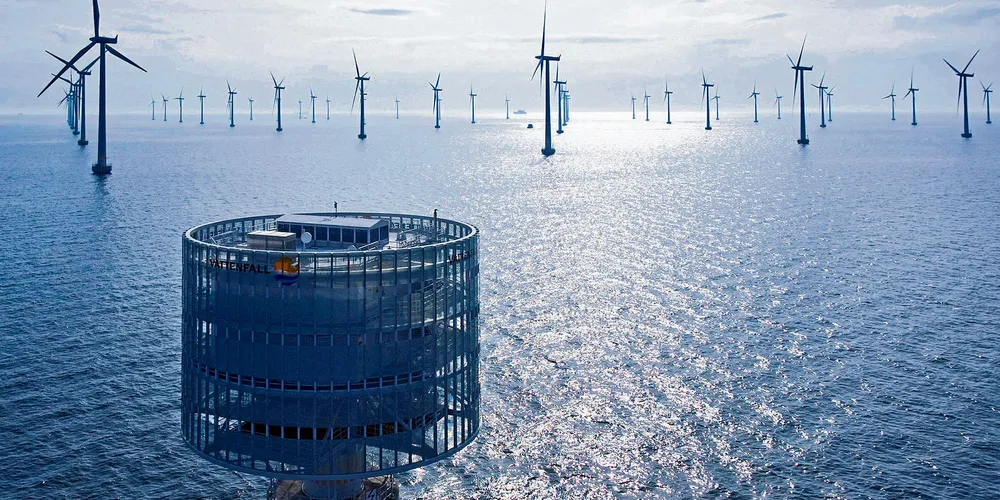Shared US Atlantic wind power network would slash cost and 'optimise' land grid
A planned ‘multi-user’ approach would avoid $1.15bn cost to ratepayers in onshore network upgrades and speed 3.6GW of US offshore wind capacity to market, says report

New England can achieve significant cost savings and environmental benefits through planned development of a shared offshore wind transmission system rather than each project constructing a generator lead line (GLL) to landing sites for interconnection, according to a new report.
A planned ‘multi-user’ approach would enable ratepayers to avoid $1.15bn in onshore grid upgrade costs to help enable the region’s next 3.6GW of wind capacity procurement off the Atlantic seaboard, said consulting firm the Brattle Group.
Walter Graf, one of the report’s co-authors, said the limitations of arrays exporting electric power ashore via their own high voltage alternating current (HVAC) connections would not“optimsise” onshore grid connections.
“With the current approach you sort of get a piecemeal solution that doesn’t optimise the available capacity of best and nearest points of interconnection,” he said.
While GLLs may look attractive near-term, their use is not aligned with the public interest as the region looks to decarbonise 80% of its economy by 2050, said the report, commissioned by Anbaric, a power transmission and microgrid development company based in Massachusetts, to compare the potential costs of various offshore transmission options.
HVAC is less efficient than high-voltage direct current (HVDC) technology that a planned transmission system would employ. For 3.6GW of new capacity, GLLs would require almost twice as much marine cabling, three times the number of cable bundles and five landing sites versus three for HVDC.
All that additional seabed activity will have environmental impacts in a relatively small area of ocean busy with commercial fishing and other maritime activity, not to mention migratory routes of endangered right whales. Environmental considerations are paramount for states in the region.
Using GLLs to inject 1.2GW of 3.6GW of future capacity into the onshore grid at Cape Cod would result in “significant” onshore transmission overloads southeast and south of Greater Boston, the region’s largest electric load centre, according to the report.
Employing a GLL for each array “is likely to lead to substantial onshore upgrade needs far sooner than assumed”, it added.
Initial offshore wind projects that will connect individually at Cape Cod points face up to $787m in onshore transmission upgrades. Adding 3.6GW of further capacity with GLLs could require an additional $1.7bn in grid investments in Massachusetts and Connecticut.
The region has had a difficult history with major onshore transmission projects. Since 2002, they have exceeded budgets by 79% on average and taken more than five years to develop and bring online. Delays of even one to years could cost ratepayers $350m to $700m.
A planned approach could significantly reduce the need and costs for onshore upgrades and related risk for ratepayers. Planning and procuring transmission separately can reduce transmission costs 20% to 30%, suggests the report.
It would also allow offshore wind lease areas to be utilised more fully as a leaseholder might find it uneconomic to develop smaller amounts of inactive capacity given the cost of a separate GLL – and this could likely hinder development of corporate offshore wind procurement.